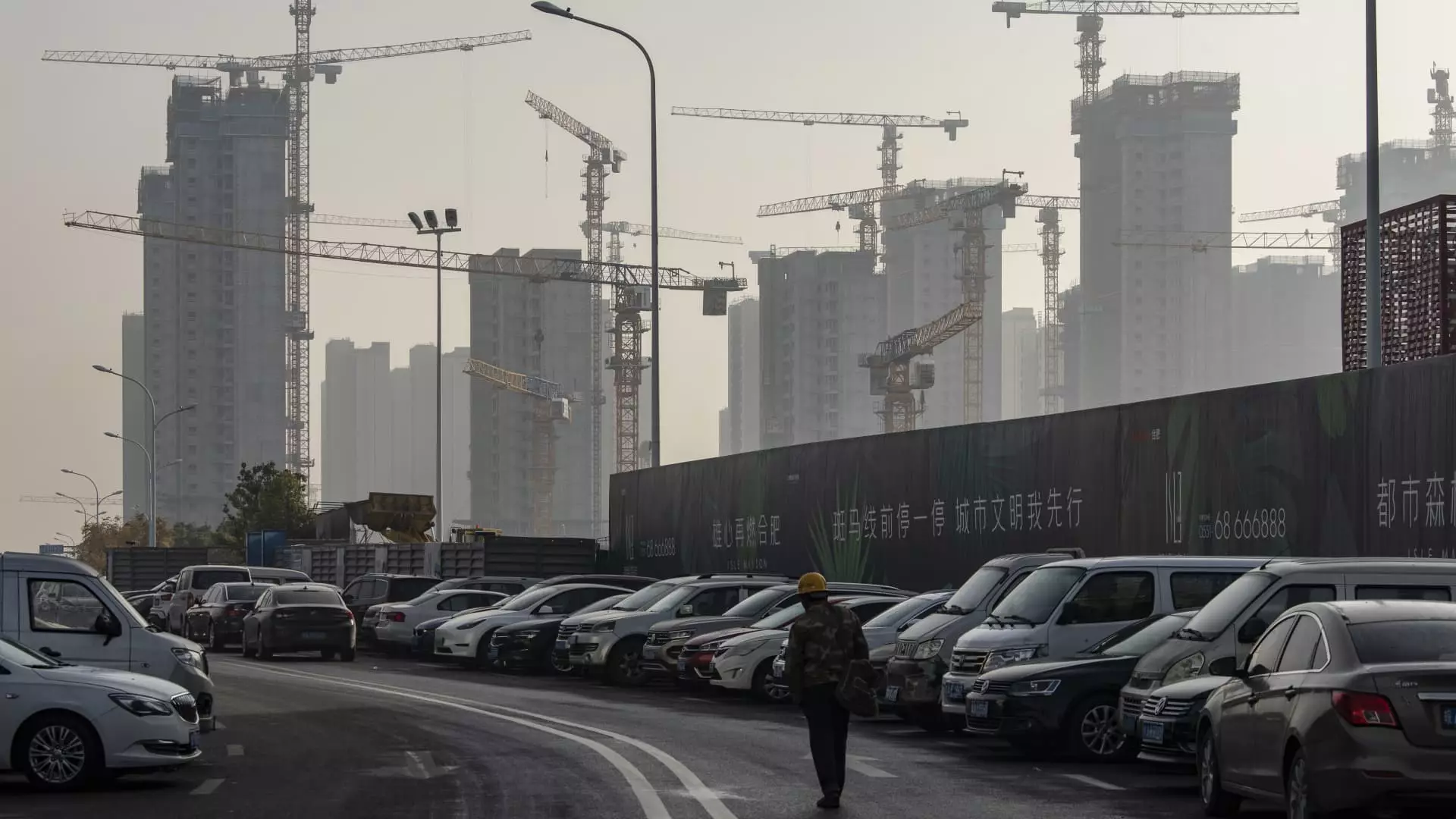China’s real estate sector is currently undergoing a significant downturn, with experts forecasting a prolonged period of struggle before a meaningful recovery can begin. Various research institutions have assessed the situation and largely agree that, despite recent economic stimulus efforts, the market is unlikely to exhibit signs of improvement until the latter half of 2025. This article delves into the current state of the real estate market, presents the implications of government interventions, and explores potential paths forward.
China’s real estate market has long been a linchpin of the country’s economic growth, accounting for over a quarter of the national GDP. However, in recent years, the sector has faced a series of challenges, primarily driven by unsustainable business practices among property developers and a weakening consumer sentiment. With substantial debts looming over many developers—estimated to have resulted in approximately 20 million pre-sold homes remaining unfinished—the market is also grappling with overstocked inventories, leading to an unparalleled decline in property sales.
Economic analysts have been highly critical of the government’s piecemeal approach to managing these issues, often labeling it as reactive rather than proactive. Following a high-level meeting led by President Xi Jinping in late September aimed at addressing these concerns, the Finance Ministry rolled out additional measures intended to stabilize the real estate sector. However, many remain skeptical of their impact, pointing towards a historical pattern of insufficient and delayed interventions.
The latest economic projections from firms like Goldman Sachs suggest a fragile stabilization in property prices by late 2025, with expectations of a modest rebound in sales and new home construction extending to 2027. Central to these predictions is an anticipated infusion of 8 trillion yuan (approximately $1.12 trillion) in fiscal spending, aimed at rectifying developers’ liquidity problems, offloading unsold homes, and ensuring that pre-sold homes are delivered to buyers. Without such strategic support, analysts predict that the downturn could persist for an additional three years.
Despite the recent attempts to rally confidence in the housing market, a swift recovery seems unlikely. Goldman Sachs and others have noted that the effects of the government’s interventions will take time to materialize. For instance, recent statistics indicated a mere 4% year-on-year decline in property sales across 22 major cities in October—a stark contrast to the over 25% slump witnessed in September. However, this stunted recovery should not be mistaken for a comprehensive turnaround; it signals a varying degree of fragile optimism rather than a robust revival.
The price cuts embraced by developers to attract buyers exhibit a desperate response to mounting unsold inventory and dwindling consumer interest. Analysts predict that property sales in China could plummet to about 8 trillion yuan by 2025, less than half of the astonishing 18 trillion yuan level recorded in 2021. This situation is exacerbating existing financial strains on developers, who are now adopting a conservative approach in areas such as land acquisitions and future project initiations.
As further evidence of this downturn, the number of new construction projects has shrunk dramatically—having seen a 42% decline since the peak in 2019, with a continued contraction of 23% year-on-year as of early 2024. This trend highlights the slow erosion of confidence amongst developers and potential investors alike, leaving them hesitant to engage in new projects.
While the latest government measures are an essential step towards reviving the sector, analysts maintain a cautious stance regarding their long-term efficacy. There is a significant fear that without robust economic interventions, including a broader fiscal stimulus, we could face another considerable market downturn as price drops of 20% to 25% loom on the horizon.
In addition to government intervention, new strategies are crucial for effectively alleviating housing inventory issues. For example, the People’s Bank of China has pledged funding aimed at providing affordable housing, albeit only a small fraction of the overall housing stock is covered by such initiatives.
As China works through these mounting challenges, the hope for a stable real estate market is present—but it is overshadowed by a landscape of uncertainty. Until a comprehensive strategy emerges, focusing on consumer confidence and a rebound in demand, the road to recovery remains complex and perilous. Ultimately, stakeholders in the real estate market must navigate these turbulent waters with caution, assessing the evolving dynamics and their far-reaching implications on China’s economy.

